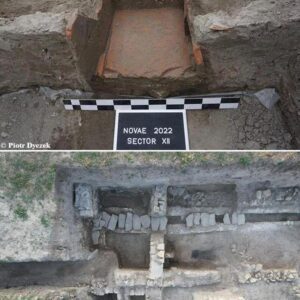
Archaeologists unearth Roman “fridge” at Novae fortress in Bulgaria Archaeologists from the University of Warsaw, in collaboration with Bulgarian researchers, have discovered a Roman fridge during ongoing excavations at the Roman fortress of Novae in northern Bulgaria, near the Danube River. This ancient Roman refrigerator, made of ceramic plates, was discovered during the latest excavation season.
Archaeologists have discovered a Roman fridge during ongoing excavations at the Roman fortress of Novae in northern Bulgaria.
Read more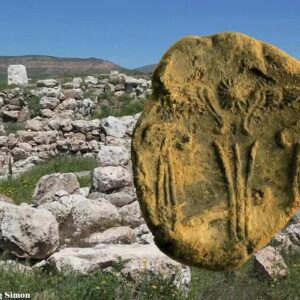
Imperial Hittite archive unearthed in Turkey Archaeologists from Koç University have unearthed clay-stamped seals from the reign of Ḫattušili III, during their excavations at Kayalıpınar in Turkey’s Sivas Province.
Archaeologists have unearthed clay-stamped seals from the reign of Ḫattušili III, during their excavations at Kayalıpınar in Turkey.
Read more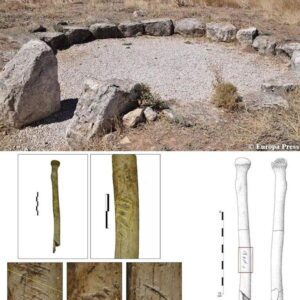
People buried in Spain’s ‘mega’ stone tombs were subjected to defleshing and postmortem bone fractures Decades ago, two large Neolithic stone tombs in northern Spain, known as Los Zumacales and La Cabaña, were excavated, revealing the remains of over two dozen individuals along with flint arrowheads, bone awls, stone tools, and pottery fragments. A recent analysis of these remains unveils a significant and intriguing aspect of burial practices during the fourth millennium BCE
A tomb in Iberia that dates to 6,000 years ago contained bones that were fractured around or just after the time of death
Read more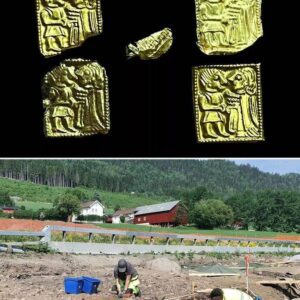
Votive gold hoard dating back to Merovingian era found in pagan temple Archaeologists from the University of Oslo’s Museum of Cultural History have made a remarkable discovery during road development work south of Lillehammer on the shores of Lake Mjøsa, Norway. They have uncovered a votive gold hoard in the remains of an ancient pagan temple.
Archaeologists have uncovered a votive gold hoard in an ancient pagan temple in south of Lillehammer on the shores of Lake Mjøsa, Norway.
Read more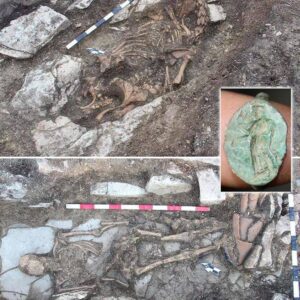
Ancient burial necropolis found in southern Russia Archaeologists from the Institute of Archaeology of the Russian Academy of Sciences have uncovered a burial necropolis from the 4th to 3rd century BCE. The excavation spanned an area of 2000 square meters. The burial complexes were situated on an ancient floodplain terrace, revealing 22 rectangular burial pits constructed in mainland clay. Despite extensive looting and damage during antiquity, the graves retained
Archaeologists from the Institute of Archaeology of the Russian Academy of Sciences have uncovered a burial necropolis from the 4th to 3rd century BCE.
Read more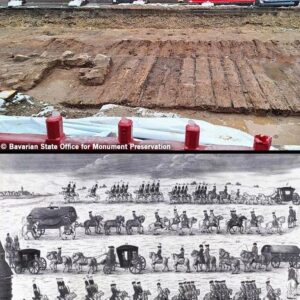
Centuries-old boardwalk uncovered during road work in Germany
In Germany, construction crews working on Würzburger Street in Burgfarrnbach uncovered a forgotten relic beneath the modern road surface.
Read more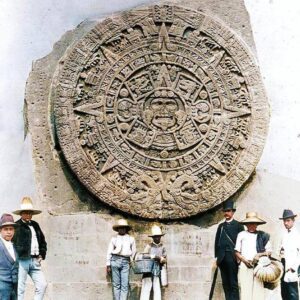
Aztec Calendar Stone, also called Stone of the Sun. National Museum, Mexico City, Mexico. Photographed in the Mexico City Cathedral (1886). Housed in the National Anthropology Museum in Mexico City, the Aztec sun stone stands as a prominent late post-classic Mexica sculpture, arguably the most renowned within the realm of Mexica art. It measures 3.6 meters in diameter and 98 centimeters thick, and weighs 24,590 kg
Explore a range of facts for kids about the Aztecs. Plus, find resources and teaching ideas for the classroom!
Read more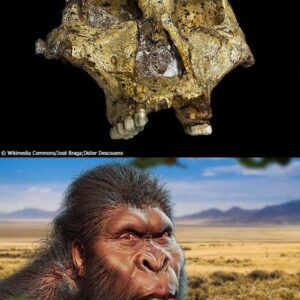
Oldest ever genetic data from a human relative found in 2-million-year-old fossilized teeth Genetic information from an ancient human relative has been extracted, making it the oldest such data recovered to date. This remarkable discovery involved analyzing protein sequences from several Paranthropus robustus tooth fossils found in a South African cave, dating back to around two million years ago.
Genetic information from an ancient human relative has been extracted, making it the oldest such data recovered to date.
Read more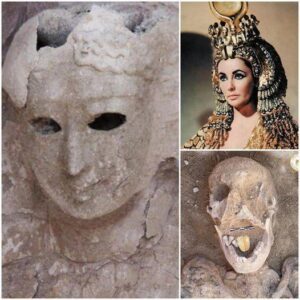
A𝚛ch𝚊𝚎𝚘l𝚘𝚐ists h𝚊v𝚎 j𝚞st 𝚍isc𝚘v𝚎𝚛𝚎𝚍 𝚊 s𝚙𝚎ci𝚊l, n𝚎v𝚎𝚛-𝚋𝚎𝚏𝚘𝚛𝚎-s𝚎𝚎n E𝚐𝚢𝚙ti𝚊n m𝚞mm𝚢 𝚋𝚞𝚛i𝚎𝚍 with 𝚊 𝚐𝚘l𝚍𝚎n t𝚘n𝚐𝚞𝚎.
A𝚛ch𝚊𝚎𝚘l𝚘𝚐ists h𝚊v𝚎 j𝚞st 𝚍isc𝚘v𝚎𝚛𝚎𝚍 𝚊 s𝚙𝚎ci𝚊l, n𝚎v𝚎𝚛-𝚋𝚎𝚏𝚘𝚛𝚎-s𝚎𝚎n E𝚐𝚢𝚙ti𝚊n m𝚞mm𝚢 𝚋𝚞𝚛i𝚎𝚍 with 𝚊 𝚐𝚘l𝚍𝚎n t𝚘n𝚐𝚞𝚎. Seek to live, currently behind liveLIVE
Read more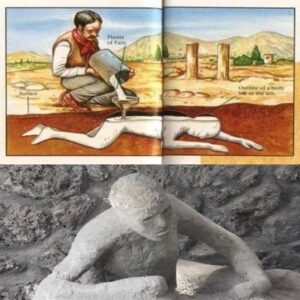
The last moments of the ill-fated Pompeiians, frozen forever in plaster
THOSE THAT DID NOT FLEE the city of Pompeii in August of 79 AD were doomed. Buried for 1,700 years under 30 feet of mud and ash and reduced by the centuries to skeletons, they remained entombed until…
Read more